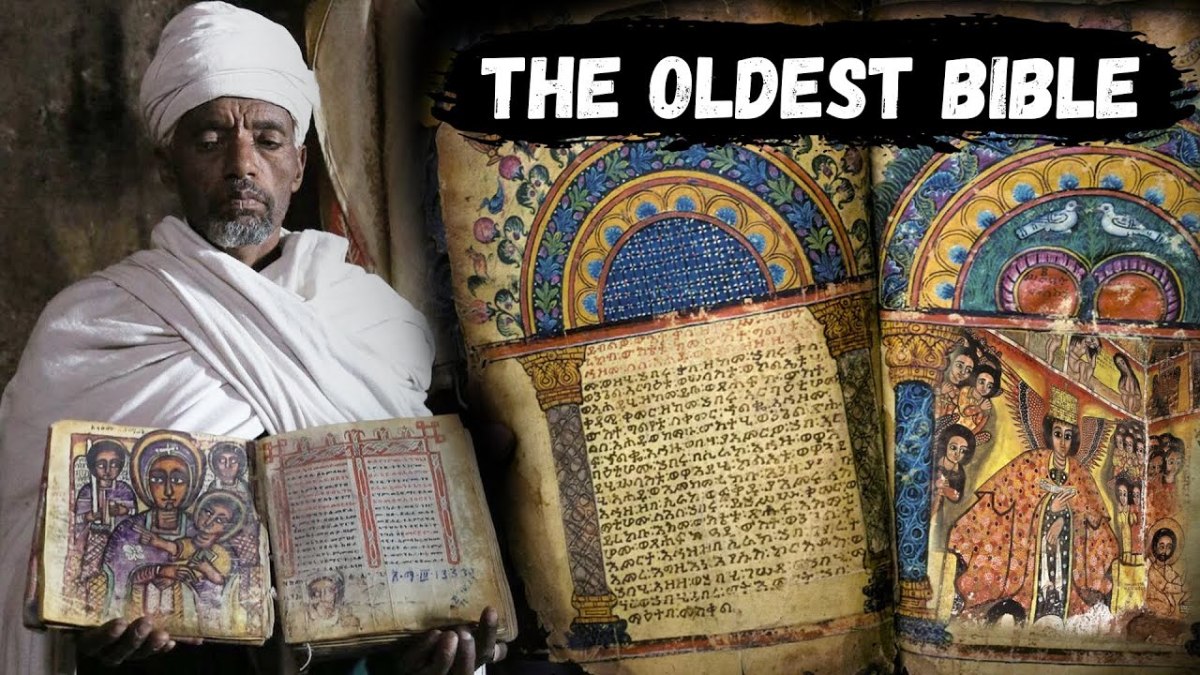Bible: What Does Matthew 18 Teach Us About Humility, Discipline, and Lack of Forgiveness?
Sermon on the Mount

Jesus and His Disciples

Jesus and the Little Child

Matthew 18
That the disciples should want Jesus to tell them who among them would become the greatest in the kingdom of heaven appears childish.
Not one of them seems to possess the attitude necessary to pursue such an admirable ambition (v. 1; cf. Lk. 9:46).
In the "Sermon on the Mount," Jesus had given His judgment on the question, “Who shall be called great?” (cf. Mt. 5:19; i.e., the one who teaches and does God’s commandments).
Now, to illustrate his point to His disciples—here the apostles comprise only a part of this group—, He enlists the help of a little child, and then begins a lengthy series of related teachings with a lesson on the primary trait of the greatest: humility (v. 2).
Knowing that before one can “compete” for the title of “greatest” in the kingdom one must first enter it, Jesus prefaces His answer by stating that requirement: conversion by exemplifying child-like humility (v. 3).
Comment: Ryrie defines conversion as “an active and voluntary turning from sin” (New Testament Study Bible, 38).
Once one has entered the kingdom, however, one must habitually exhibit the trusting qualities of a child in order to realize greatness (v. 4).
Christ sets up a contrast in verse five by using the proper treatment of believing “children” (i.e., receiving them) as a transitional statement to discuss the topic “Enticements to Sin” (vv. 6-9).
Jesus juxtaposes “receiving” children to causing “one of these little ones who believe in Me” to sin (vv. 5-6a).
Since the latter behavior leads to divine retribution—a destiny much worse than dying from something akin to a Sicilian execution—the former must result in divine favor (v. 6b).
Upon these inevitable enticements to sin (“offenses”), Jesus pronounces two “woes”: one upon the world system and the other upon that man who acts as the conduit for the offense (v. 7).
[Jesus may be referring to Judas as “that man.”]
In a repeat of Sermon on the Mount instruction, He employs hyperbole to stress the importance of dealing decisively with body parts (hand, foot, and eye) that cause one to sin (vv. 8-9; cf. Matt. 5:29-30).
Guardian Angel

Returning His attention to the child, the Lord warns against “despising one of these little ones” because he or she has a guardian angel standing in God’s presence (v. 10).
[First, why would anyone despise little children who believe?
Second, why does Jesus mention “their angels”?
Does He mean to discourage mistreatment of children with this statement, since God will send their guardian angels to avenge them if you do so?]
Verse 11 does not appear in the NU edition.
[Relating this verse to its context is problematical.
One may consider the angel as God’s instrument in preserving little ones from harm, so that the Son of Man may inevitably save their soul (v. 14).]
The Good Shepherd

Forgiveness of a Repentant Brother
view quiz statisticsJesus’ “Parable of the Lost Sheep” highlights the shepherd’s search for one stray sheep (a little one, despised and offended) out of one hundred until he finds it (vv. 12-14).
The NKJV translates the coordinating conjunction de as “moreover.”
It serves as a bridge from one section to the next, continuing discussion of the same topic.
Therefore, dealing with those who entice believing children to sin is akin to having “your brother sin against you” (v. 15a).
As one should deal decisively with an offending body part (cf. 18:8-9), so one should work forthrightly with another type of offending “Body” part (namely, a brother in the local assembly).
The brother’s proper response (namely, repentance) ends the matter on the spot (v. 15b).
If, however, he refuses to reconcile, the disciplinary process moves to the next step—the hearing of the testimony by one or two witnesses (v. 16; cf. Deut. 19:15).
The sinner’s unwillingness to admit his wrong at this point must send the case to the entire congregation, which has the authority to excommunicate him if his hardness of heart continues (v. 17).
The NASB translates verse 18 more accurately than does the NKJV.
The authority to “bind” and “loose” originates (“shall have been”) with God, not with the congregation.
If two or three agree on any matter regarding the discipline of an erring member, and if they gather in His name and ask God to act according to His will, Christ guarantees that the Father will accomplish it (vv. 19-20).
In response to Peter’s question concerning how many times he should forgive a particular sinning brother and his suggested answer “Up to seven times,” Jesus replies, “Up to seventy times seven.”
In other words, forgiveness should know no limit (vv. 21-22).
The Unforgiving Servant

The Unforgiving Servant: Forgiven?
Do you believe the unforgiving servant has truly been forgiven?
To drive home this point, He tells another kingdom parable, this one involving an unforgiving servant (vv. 23-35).
A certain king brings before him a servant with a debt impossible to repay (vv. 23-24).
After discovering this fact, the ruler commands the selling of the servant, his family, and his possessions in order to recoup some of his losses (v. 25).
When the servant promises to repay him, the master forgives the whole debt (vv. 26-27).
This servant, newly forgiven, then seeks out a fellow slave who owed him a manageable debt, and demands repayment from him; in the process, he practically assaults him (v. 28).
Though the debtor begs for time to repay, the servant refuses to forgive him and imprisons him instead (vv. 29-30).
Eventually, word of the mistreatment travels via other servants to the king’s ear (v. 31).
Summoning his unforgiving servant again, the master first excoriates him for his lack of compassion, and then commands torturers to exact total payment from him (vv. 32-34).
Such chastening attaches itself to the one who does not genuinely forgive his brother (v. 35).
[If the king forgave the entire debt, how can he then demand payment later?
The king did not revoke the forgiveness because He found out that the repentance was disingenuous, did he?
Did Jesus mean this parable to exemplify “kingdom of heaven/ family of God” forgiveness?
Who are these torturers?
They are certainly not demons, unless this servant is not truly a believer.]
© 2014 glynch1








